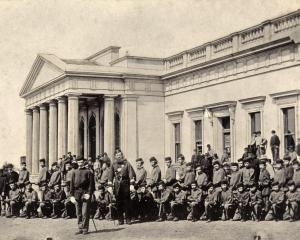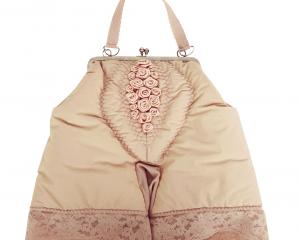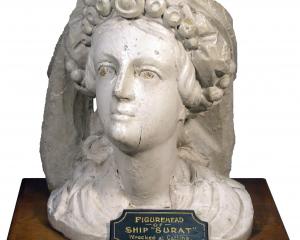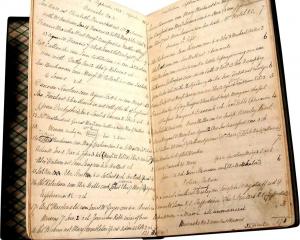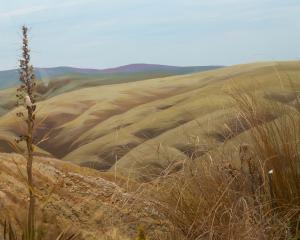In Victorian times, archaeology and an ongoing fascination with ancient Greece and Rome captured the public's imagination. David Theomin, of Olveston, a connoisseur of the arts, was a keen collector who donated many items to Otago Museum.
A bronze statue of The Dancing Faun is part of the collection arranged in Olveston's entrance vestibule. The figure is 750mm high and is displayed on a marble column pedestal. David Theomin's 1907 inventory notes that it was initially located in the Great Hall and lists the value of the statue as 13 5 shillings, and the column's value as 4.
It is a reproduction of the original sculpture that gave the House of the Faun its name at the important archaeological site of Pompeii, in Italy. The original is in the Archaeological Museum of Naples.
When Mount Vesuvius erupted in AD79 the town of Pompeii was abandoned, but the layers of ash preserved artworks. The House of the Faun, built in the 2nd century BC, is architecturally significant as one of the most luxurious aristocratic houses from the Roman Republic. It covers nearly 3000 square metres and housed many notable pieces of art. It was initially excavated in 1830 by the German Archaeological Institute.
The statue of The Dancing Faun is of Hellenistic origin from the 3rd-2nd century BC. It has a lively, graceful pose and shows a refinement of composition and skilful modelling. The horns and pointy ears refer to Pan, a god of nature, of flocks and shepherds. Pan's Roman name was Faunus; fauns are spirits of untamed woodland.
Copies became popular items in Victorian homes. Olveston's statue has a demure addition - a ''fig leaf'' covers the small but perfectly formed genitalia of the faun. Nudity is featured routinely in Roman mythological scenes, but in the era of Victorian morality modesty had to prevail.
Thus The Dancing Faun is indicative of two cultural attitudes centuries apart: one from an impressive private residence in Pompeii, the other from a grand home in Dunedin.




